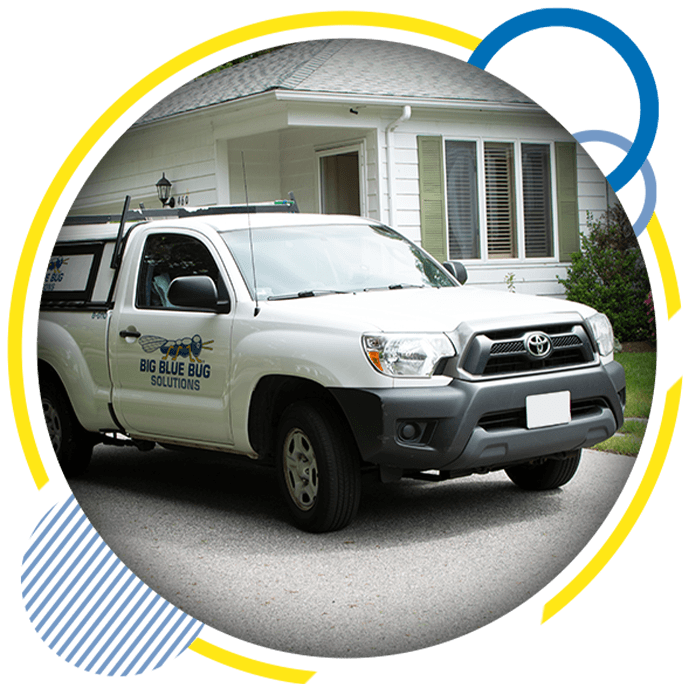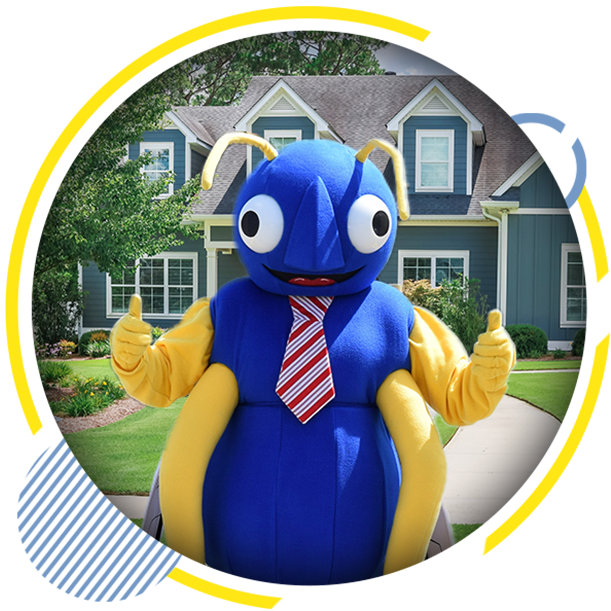
Seven Myths About Termites In New England You Probably Still Believe
The most destructive wood-infesting pest in the United States is the termite. The more you know about this insect, the better off you'll be. Unfortunately, there are a lot of myths, and it is hard to know what to believe. Today, we're going to break down seven common myths about termites and arm you with the information you need to protect your property from these destructive pests.
1. Termites serve no purpose other than to destroy our homes.
It is hard to believe that termites serve any valuable purpose at all. They eat wood. How can that be a good thing? But in nature, it is actually a very good thing. They don't feed on healthy trees. They consume logs, branches, and other wood debris, turning masses of decaying wood into fertilizer for the soil. They are important for our lush, green ecosystem. It is only when they get into our homes that they present an issue
2. Termites are part of the ant family.
When New England homeowners give us a call to look into a termite infestation, often we're told that white ants have been found. This is because termite workers look a little like ants. They have six legs, two antennae, and three body parts. But termites and ants are quite different. Ants subsist on vegetation, honeydew, nectar, and protein sources, such as dead insects. Termites live on cellulose, which is found in wood. But it is not only found in wood. Termites can feed on many other things inside your home. They have been found feeding on cotton fibers, cardboard, paper in books, plants, and more. So don't be surprised when you find "white ants" in a pile of objects sitting on the floor of your garage. It happens.
3. Deforestation destroys termite colonies.
If you live in an urban area, you might think that you don't have to worry about termites. When all the trees were destroyed to create a location for homes to be built, it killed off all the termites, right? Sorry. This just isn't the case. Termites don't live in trees. They live in the ground. And, as we pointed out above, they don't only eat wood. They can feed on many things that contain cellulose.
4. Termite infestations are easy to detect.
If your home has a million termites in it, you would know it, right? You would see them crawling all over the place. You would hear them chewing on the wood. You would start noticing damage? Right? Sadly, none of this is true. Termites are sneaky. They're born with behaviors and characteristics that make them difficult to detect.
6. If a house has been treated for termites, you never have to worry about them again.
Over time, termite treatments can wear out. This is because the product breaks down. If your home has had a treatment, it won't last forever. The worst part is that you're not going to know when the product has broken down enough to allow termites in. For the best control, it is important to have ongoing inspections and retreatments as needed.


chECK oUT THE bUZZ!
Unbeatable Pest Control, Unmatched Reviews
-
"They have exceeded expectations. Highly recommend."Alley Bergemann, called before arriving on the day of the appointment, showed up on time, and took care of re-baiting the bait traps as needed. She is patient, polite and answered a few questions I had, all with a pleasant demeanor.- Jonathan P.
-
"Always been amazed by the competence and professionalism of this company."
Their man, Elijah was a gentleman and very knowledgeable professional. He took the time to carefully listen to me when I explained where the ant infestation was found. He explained clearly what he was going to do to address the issue.
- Pete M. -
"GREAT company!"The Big Blue Bug Solutions is a GREAT company with very helpful, courteous technicians. This a company that actually helps you with your problems and not try to sell you something you don't need. I am very pleased, and NO, I have no relatives that work at- Robert M.
-
"Knowledgeable, accurate and incredibly pleasant."I just cannot believe the most amazing experience customer service experience I had with Laura who could not have been more knowledgeable, accurate and incredibly pleasant. It is very rare I leave a review but this encounter deserved one!- Kimberly H.
-
"Always very polite and accommodating."We’ve been using Big Blue Bug for pest control for many years and have been very satisfied! Vince visited today for our regular check in and he is an excellent technician. Thanks, BBB!- Stacey C.
-
"Knowledgeable, respectful, courteous!"
I highly recommend Big Blue Bug Solutions - first - for their customer service. They are professional and efficient and always try to fit me in at a time that is convenient for me. Second, RODNEY IS THE BEST TECHNICIAN!!!!
- Meredith L. -
"Our first service was a great experience!"Peter called to let us know he was on his way and arrived as scheduled. He was very knowledgeable and setup a comprehensive array of traps in each target area to begin capturing the pests and put an end to our troubles.- Mike H.
-
"Personable, friendly, and knowledgeable!"Shoutout to our tech, Jeremy Cote, who has been servicing our bakery in Richmond and has helped us maintain a pest free environment. He is personable, friendly, and knowledgeable. We highly recommend big blue bug to friends, family, and customers!- Becky M.


WE'RE AVAILABLE
EVERY DAY, ALL DAY,
365 DAYS A YEAR
Say goodbye to automated systems! Our team is at your service round the clock, every single day of the year, guaranteeing a personalized and immediate response to your queries.
